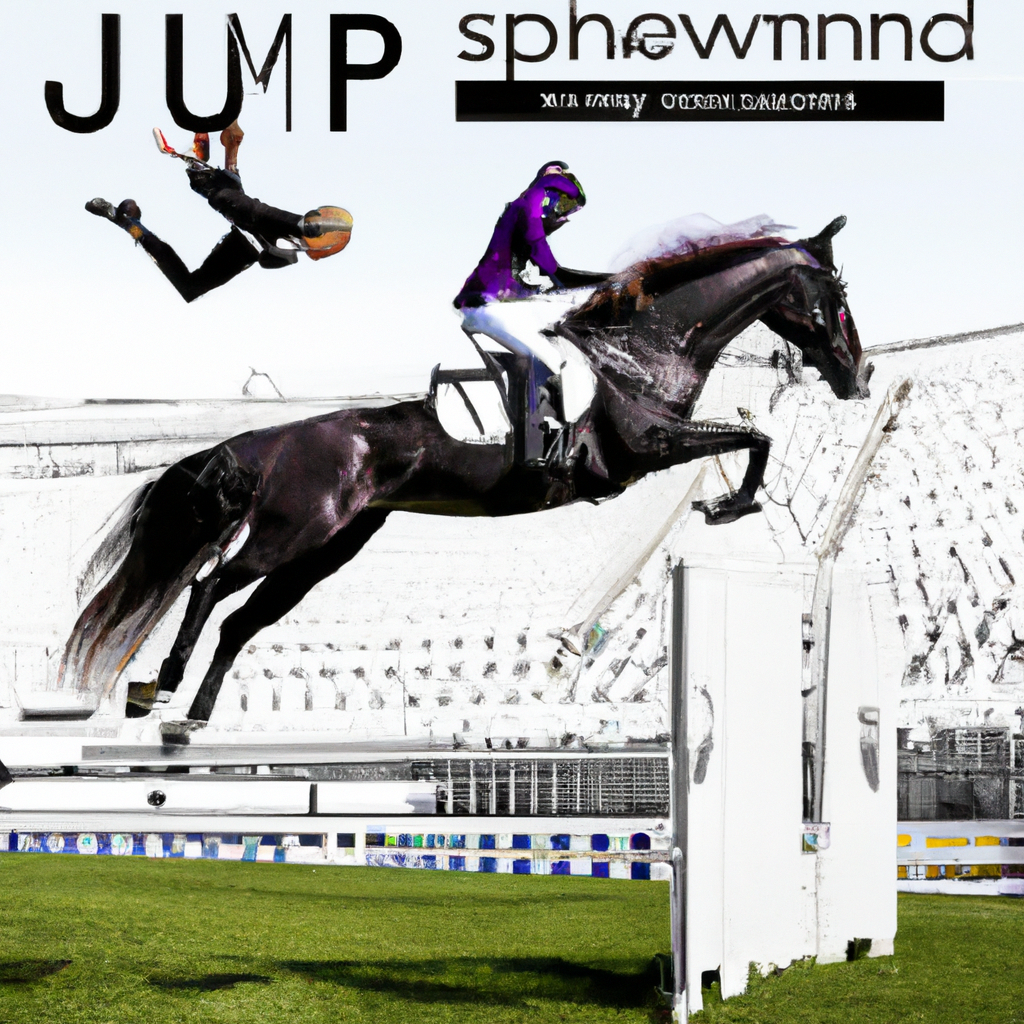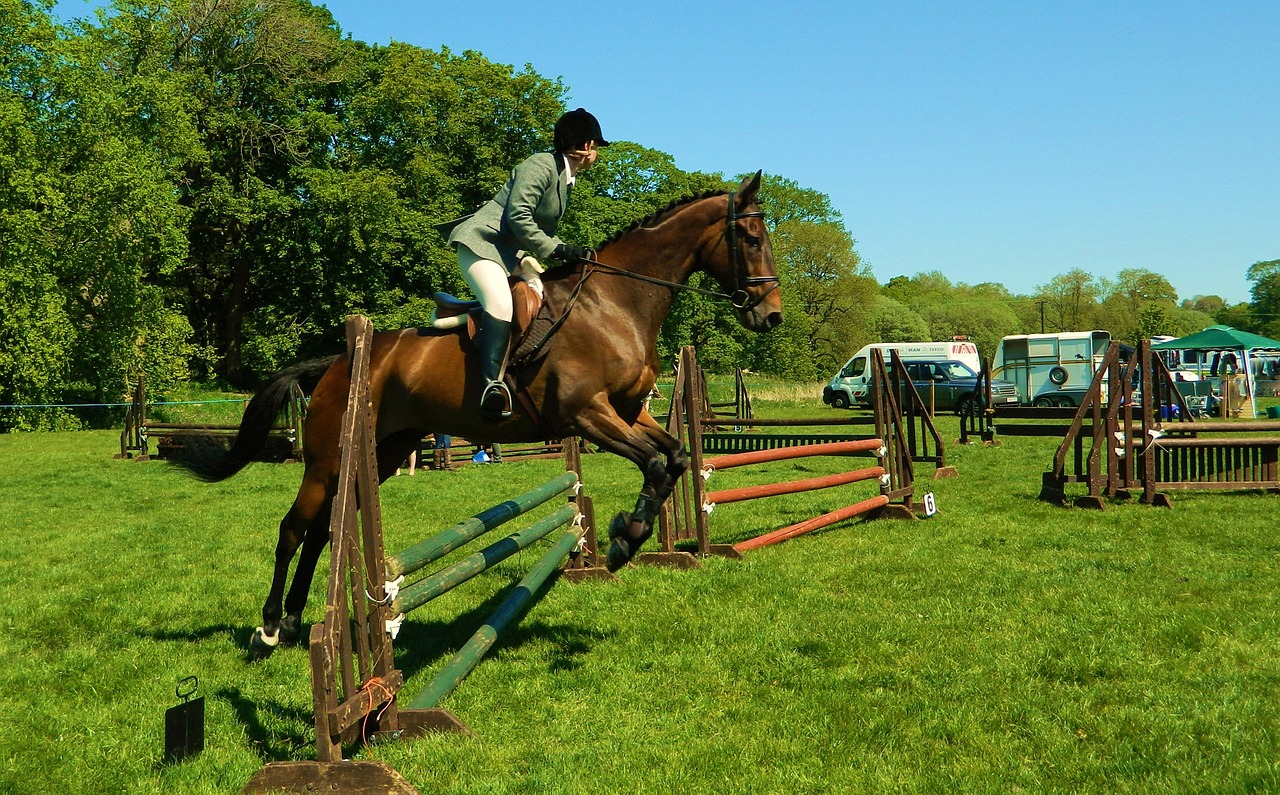“Getting to grips with an art form as varied and dynamic as horseback riding can often be a steep learning curve. In “Achieving Show Jumping Excellence: A Guide to Mastering Horseback Riding Techniques”, you’ll find an approachable, engaging guide to the myriad of techniques required to excel in this discipline. From the early stages of mounting and dismounting, through to maintaining rhythm during your ring navigation, this guide will help to enlighten you. Focus is placed on key techniques such as balance, emphasizing the importance of centering your gravity over the horse, without the need for holding onto the reins as lifelines. It’s time to saddle up – your journey towards show jumping excellence is about to begin.”
Understanding the Basics of Horseback Riding
Embarking on the journey of horseback riding can feel daunting and exhilarating all at once. Let’s start with the basics.
Knowing Your Mount
The first step in your riding journey is getting to know your mount. Each horse is unique, with its own temperament, likes, dislikes, and quirks. Spend time with your horse, get to know its personality, and start building a bond. This understanding and connection will help ensure a smoother, more harmonious ride.
Mastering Mounting and Dismounting
Mounting and Dismounting are fundamental yet crucial parts of the process. As an advanced beginner, you should be able to do both without assistance. Good form and technique are key, minimizing stress to both rider and horse, and ensuring a firm start or end to the ride.
Maintaining Balance and Control
One of the core skills in horseback riding is striking a balance. It’s not about gripping the horse tightly; instead you have to align your center of gravity with that of the horse. This synchronization allows for smoother, safer rides. Proper control is also crucial – it’s not just about commanding your horse, but working with it in harmony.
Learning the Basic Horseback Riding Positions
Riding is an art – and like any art, requires technique and form.
The Full Seat Position
The full seat position, where all three points (both seat bones and the crotch) are in contact with the saddle, gives you the most stability and control. Also, it serves as the foundation upon which other positions are learned.
The Half Seat Position
The half seat or ‘light seat’ position involves lifting off from the saddle slightly. This position is used when you want to lessen your weight on the horse’s back, often during faster gaits or jumping.
The Two-Point Position
In two-point position, just two points of your body (the lower leg) are in contact with the horse. This position is mostly used during jumping and cantering, as it allows for the horse’s maximum movement.
The Three-Point Position
The three-point position is similar to the full seat, but one of the seat bones is lifted, usually when the horse is at a trot or canter.
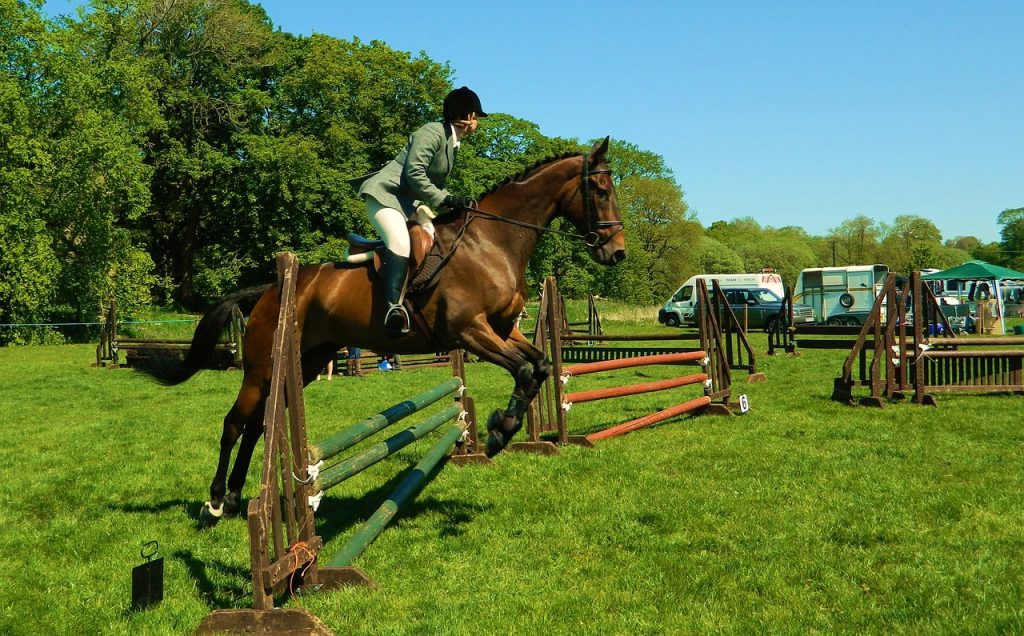
This image is property of pixabay.com.
Building a Strong Rider-Horse Relationship
Trust and communication form the cornerstone of your relationship with your horse.
Understanding Horse Behavior
Horses, like humans, have their own language. By observing and understanding their behavior, you can better communicate, anticipate their reactions, and thus improve your riding nuances.
Establishing Trust and Leadership
Horses are herd animals and respond well to strong leadership. Be firm, consistent, and calm – show them that you are a leader they can trust.
Communicating Effectively with Your Horse
Good communication is a dialogue. It’s not just about giving commands, but also about listening to your horse. Your horse communicates primarily through body language, so learning to read and respond to these signals is vital.
Mastering Different Gaits and Movements
Once you get the basics down, it’s time for more advanced aspects like gaits and movements.
The Walk
The most basic gait, a horse’s walk is gentle and rhythmic.
The Trot
A trot is a two-beat gait that’s slightly faster and requires a bit more skill to balance and control.
The Canter
The canter is a three-beat gait that’s faster than the trot. A smooth canter requires adept control and balance.
The Gallop
The gallop is the fastest gait where the horse’s feet barely touch the ground. This gait is typically reserved for open areas and experienced riders as it requires superior control.
Changing Directions and Turning
Mastering direction changes and turns require coordination, agility, and a keen understanding of your horse’s movement.
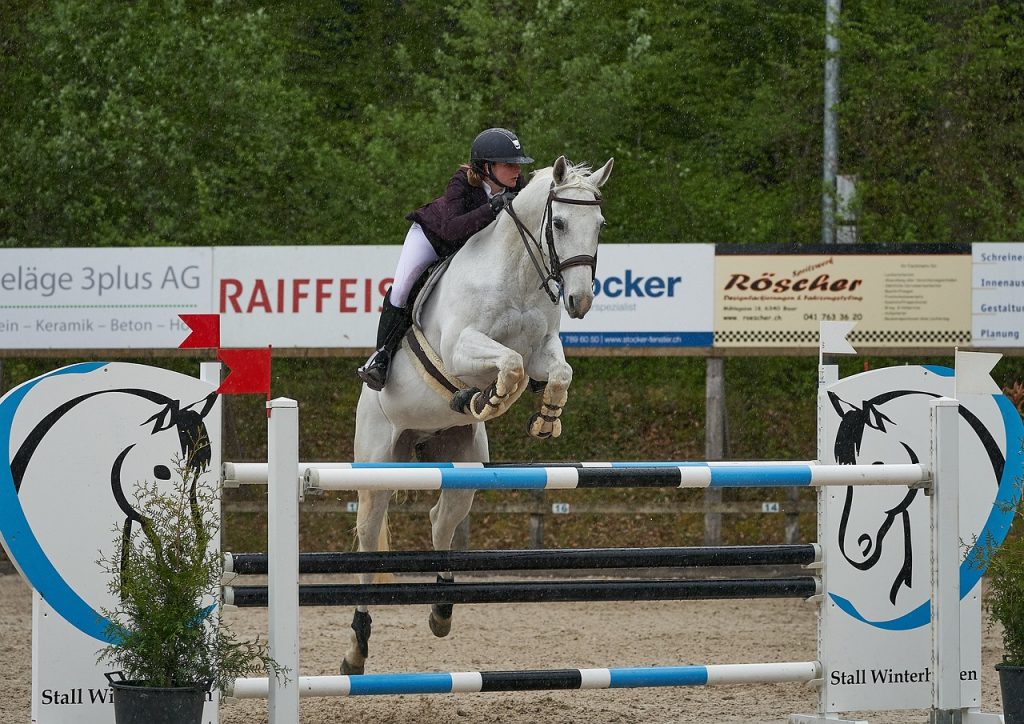
This image is property of pixabay.com.
Advanced Horseback Riding Techniques
Once you have the basics down, you can dive into more advanced techniques.
Mastering the Art of Dressage
Dressage, or “training” in French, is a systematic and progressive series of exercises designed to enhance a horse’s physical and mental capabilities. Mastery in dressage means refining every movement to achieve harmonious interactions.
Perfecting Your Show Jumping Technique
Show jumping requires precise coordination, balance, and a keen understanding of your horse’s stride and jump. It’s not enough to just clear the obstacles- it’s about doing so with style, precision, and absolute synchronization.
Cross-Country Riding Skills
Cross-country riding tests a rider’s adaptability, courage, and the horse’s endurance. Overcoming various natural and unexpected terrain and obstacles require strategic planning, physical strength, and high levels of trust and understanding between horse and rider.
Developing Heightened Balance and Coordination
Skillful riding requires more from you than just sitting atop the horse.
Proper Alignment of Body Over Horse’s Center of Gravity
Keeping your body centered over your horse’s center of gravity enables controlled movements, balance, and harmony, regardless of the horse’s pace or actions.
Strength and Flexibility Training for Riders
As a rider, your strength and flexibility directly influence your balance, coordination, and overall riding. Incorporating regular strength, core and flexibility workouts will boost your riding abilities.
Role of the Core in Balance and Coordination
Your core plays a crucial role in keeping you stabilized over your horse, absorbing the movements, and promoting seamless coordination. Stronger core muscles make for a more capable rider.
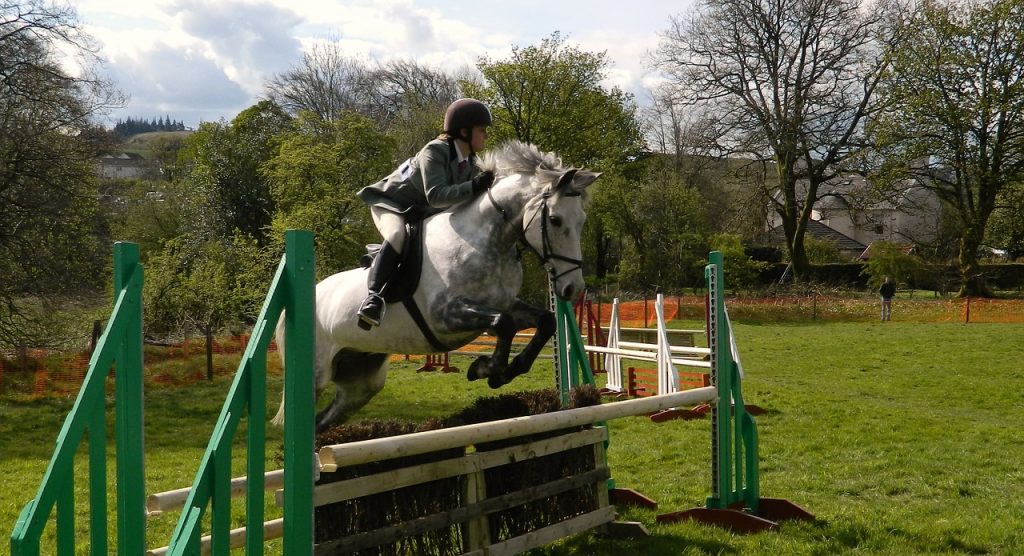
This image is property of pixabay.com.
Building Stamina and Endurance
Like any sport, horseback riding requires physical stamina and mental endurance.
Importance of Physical Fitness in Horseback Riding
Being physically fit enables you to maintain balance, control, and stability during riding. It also means less fatigue, reduced injury risk, and improved performance.
Cross-training Exercises for Riders
Cross-training off the horse is critical to build strength, endurance, flexibility and even improve posture and balance on the horse. Pilates, yoga, and swimming are excellent cross-training activities for riders.
Healthy Lifestyle Choices for Optimum Performance
Just like any athlete, a balanced diet, regular exercise, good sleep habits, and stress management techniques are essential for riders, to maintain peak riding performance.
Maintaining Safety During Training and Competitions
Safety should never be compromised, both for you and your horse.
Essential Riding Gear and Equipment
Quality helmets, well-fitted riding boots, gloves, and body protectors are critical. For the horse, a sturdy, well-fitting saddle and bridle, along with regular check and care, ensure comfort and performance.
Understanding and Mitigating Risks
Understanding the risks involved in riding will allow you to take precautions to minimize them. This includes understanding your horse, riding within your limits, maintaining your gear, and knowing what to do in emergencies.
Proper Care for Horses Before and After Riding
Winner or not, your horse always deserves the best care. Ensure to properly warm up and cool down your horse before and after rides, check for injuries, and ensure they are well-fed and hydrated.
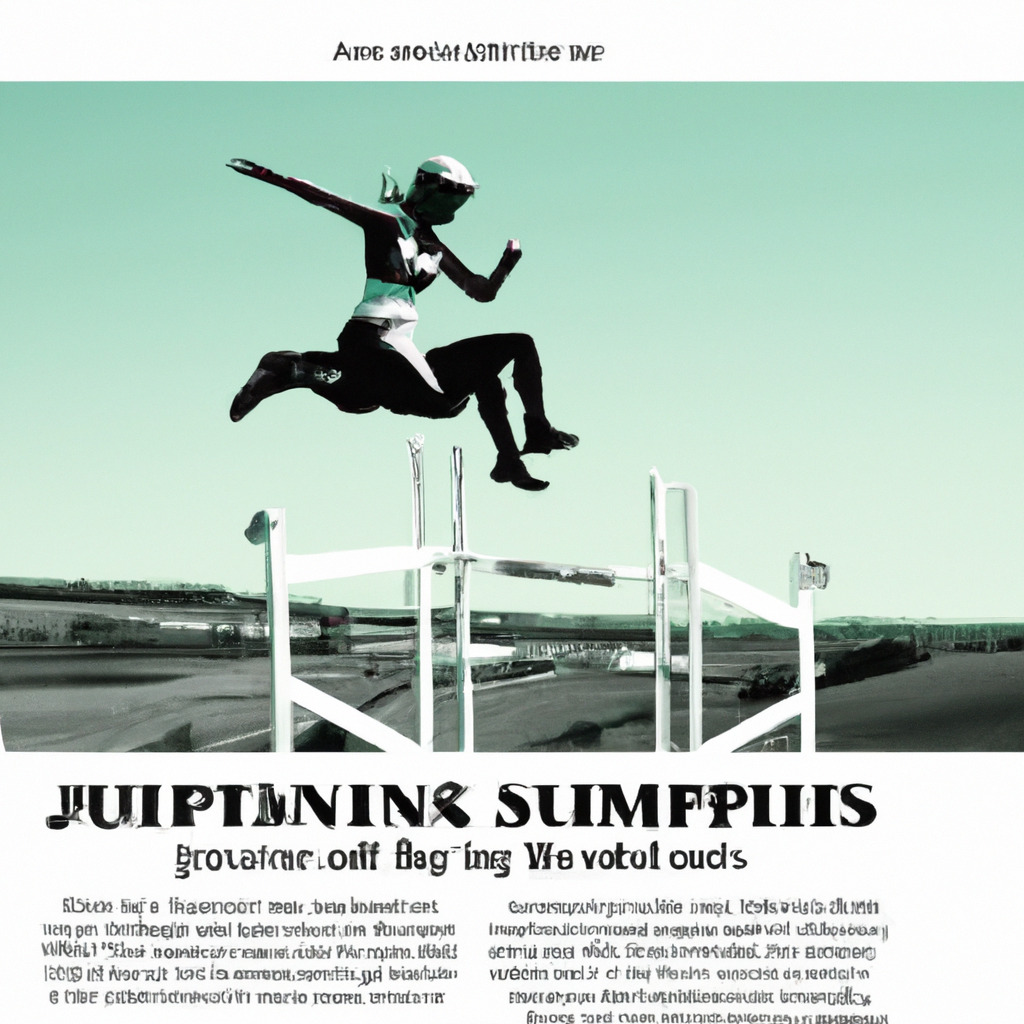
Selecting the Right Horse for Show Jumping
Choosing the right horse requires careful consideration.
Understanding Various Horse Breeds
Each breed comes with its own set of advantages and challenges. Understanding these differences can assist you in choosing the perfect partner for your show jumping aspirations.
Considerations in Selecting a Show Jumping Horse
Apart from breed, consider their health, temperament, age, training, and previous performance. The right horse should not only be capable but also a good match for your personality and riding style.
Building a Partnership with Your Horse
Show jumping is a team sport, and selecting your horse is only the first step. Building a robust partnership is a gradual process based on mutual respect, trust, and understanding.
Entering and Excelling in Show Jumping Competitions
Moving into competition can be a big step.
Training to Compete
It’s essential to gradually ramp up your training along with your horse, with a special focus on techniques necessary for competition.
The Structure of Show Jumping Competitions
Understanding the rules, pattern of competition, and scoring can help you prepare better and set realistic expectations and goals.
Developing a Winning Mindset and Strategy
Perseverance, positivity, and preparation go a long way in competition. Fostering these traits, along with a sound strategy, can increase your chances of success.
Mastering horseback riding is not just about technical knowledge or physical ability – it’s much more than that. It’s about a unique bond between you and your horse, a harmonious blend of trust, understanding, and respect. So saddle up and relish the journey.
